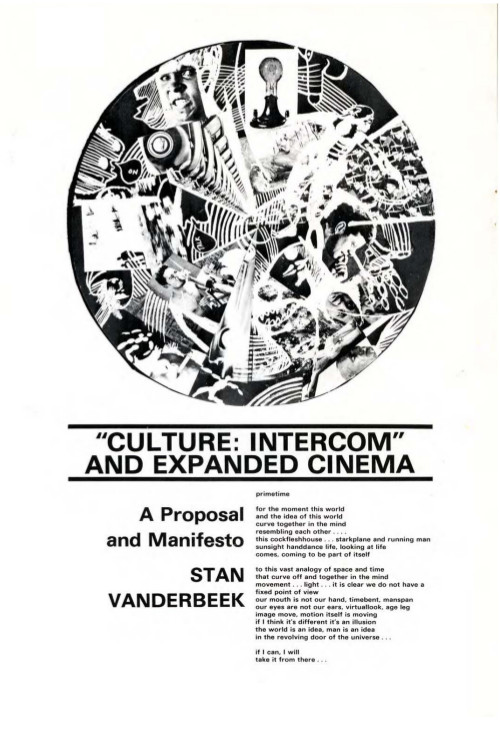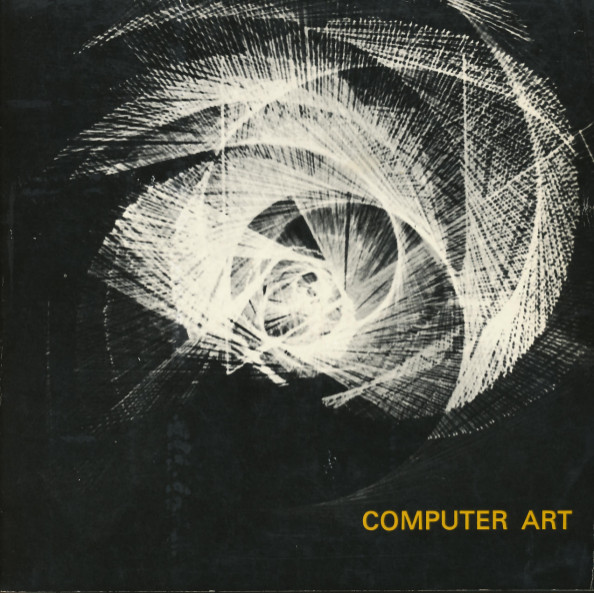Martin Davis: The Universal Computer: The Road from Leibniz to Turing (2000–) [EN, IT, CR]
Filed under book | Tags: · biography, computing, history of computing, history of mathematics, logic, machine, mathematics, philosophy of science

“Martin Davis, a fluent interpreter of mathematics and philosophy, locates the source of this knowledge in the work of the remarkable German thinker G. W. Leibniz, who, among other accomplishments, was a distinguished jurist, mining engineer, and diplomat but found time to invent a contraption called the “Leibniz wheel,” a sort of calculator that could carry out the four basic operations of arithmetic. Leibniz subsequently developed a method of calculation called the calculus raciocinator, an innovation his successor George Boole extended by, in Davis’s words, “turning logic into algebra.” (Boole emerges as a deeply sympathetic character in Davis’s pages, rather than as the dry-as-dust figure of other histories. He explained, Davis reports, that he had turned to mathematics because he had so little money as a student to buy books, and mathematics books provided more value for the money because they took so long to work through.) Davis traces the development of this logic, essential to the advent of “thinking machines,” through the workshops and studies of such thinkers as Georg Cantor, Kurt Gödel, and Alan Turing, each of whom puzzled out just a little bit more of the workings of the world–and who, in the bargain, made the present possible.”
The paperback edition was retitled Engines of Logic: Mathematicians and the Origin of the Computer.
Publisher W. W. Norton, 2000
ISBN 0393047857, 9780393047851
257 pages
Review (Mark Johnson, Mathematical Association of America)
Review (Georges Ifrah, The American Mathematical Monthly)
The Universal Computer. The Road from Leibniz to Turing (English, 2001)
Il calcolatore universale: da Leibniz a Turing (Italian, trans. Gianni Rigamonti, 2003)
Na logički pogon: podrijetlo ideje računala (Croatian, trans. Ljerka Vukić and Ognjen Strpić, 2003)
Stan VanDerBeek: “Culture: Intercom” and Expanded Cinema: A Proposal and Manifesto (1966)
Filed under essay | Tags: · art, cinema, expanded cinema, image

“It is imperative that we (the world’s artists) invent a new world language … that we invent a non-verbal international picture-language … I propose the following:
That immediate research begin on the possibility of an international picture-language using fundamentally motion pictures.
That we research immediately existing audio-visual devices, to combine these devices into an educational tool, that I shall call an ‘experience machine’ or a ‘culture-intercom’ …
The establishment of audio-visual research centers … preferably on an international scale … These centers to explore the existing audio-visual hardware.
The development of new image-making devices … (the storage and transfer of image materials, motion pictures, television, computers, video-tape, etc. …) In short, a complete examination of all audio-visual devices and procedures, with the idea in mind to find the best combination of such machines for non-verbal inter-change.
The training of artists on an international basis in the use of these image tools.
The immediate development of prototype theatres, hereafter called ‘Movie-Dromes’ that incorporate the use of such projection hardware. The immediate research and development of image-events and performances in the ‘Movie-Drome’. … I shall call these prototype presentations: ‘Movie-Murals’, ‘Ethos-Cinema’, ‘Newsreel of Dreams’, ‘Feedback’, ‘Image libraries’ … [..] When I talk of the movie-dromes as image libraries, it is understood that such ‘life-theatres’ would use some of the coming techniques (video tape and computer inter-play) and thus be real communication and storage centers, that is, by satellite, each dome could receive its images from a world wide library source, store them and program a feedback presentation to the local community that lived near the center, this newsreel feedback, could authentically review the total world image ‘reality’ in an hour long show that gave each member of the audience a sense of the entire world picture …
‘Intra-communitronics’, or dialogues with other centers would be likely, and instant reference material via transmission television and telephone could be called for and received at 186,000 m.p.s. … from anywhere in the world. Thus I call this presentation, a ‘newsreel of ideas, of dreams, a movie-mural’. An image library, a culture de-compression chamber, a culture inter-com.” (from the manifesto)
Published in Film Culture 40 (Spring 1966), pp 15–18; Motive, November 1966, pp 13–23; and The Tulane Drama Review 11:1 (Autumn 1966), pp 38–48.
via StanVanderbeek.com
PDF (all three versions in a single PDF)
Comment (0)Laxmi P. Sihare (ed.): Computer Art, catalogue (1972)
Filed under catalogue | Tags: · art, computer art, computing

Catalogue for an exhibition of 157 works held in March-April 1972 at the National Gallery of Modern Art in New Delhi, India, organised in collaboration with Max Mueller Bhavan, New Delhi, and IBM India.
With essays by Laxmi P. Sihare (then director of the gallery), Herbert W. Franke and S.L. Kapoor (then a system engineer at IBM-India).
57 pages
via compArt daDA
PDF (no OCR)
Comment (0)
